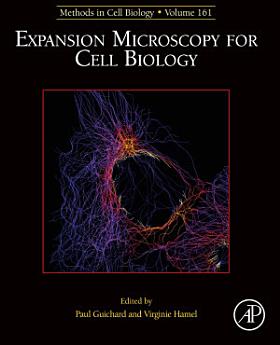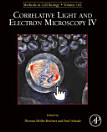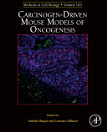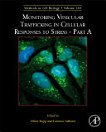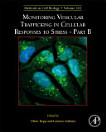Expansion Microscopy for Cell Biology
આ ઇ-પુસ્તક વિશે
લેખક વિશે
Paul Guichard is an expert on the structure of the centriole. From 2007 to 2010, he did his PhD at the Institut Curie (France) under the co-direction of Drs. Tassin and Marco, on the study of the human procentriole assembly using cryo-tomography. From 2011 to 2015, he did his post-doctoral work in the laboratory of Prof. Gönczy at EPFL (Lausanne, Switzerland) where he studied the structure of the centriolar cartwheel by combining cryo-tomography, in vitro assemblies and super-resolution microscopy. In 2015, together with Dr. Hamel, they created the Centriole Architecture Laboratory at the University of Geneva (Switzerland), aiming at revealing the molecular architecture and function of the centriole.
Virginie Hamel (previously Hachet) is an expert in Cell Biology and Biochemistry, mainly focusing on understanding the function of the centriole and centrosome. She completed her PhD under the supervision of Iain Mattaj at EMBL (Heidelberg, Germany, 2004) working on the role of importin in nuclear envelope re-assembly in vitro using Xenopus laevis egg extracts. She then carried out postdoctoral studies in the laboratory of Prof. Gönczy at ISREC/EPFL (Lausanne, Switzerland) from 2005 to 2012, where she became interested in the mechanisms dictating timing of mitotic entry in C. elegans embryos. She next was appointed scientist collaborator in that lab (2013-2015) and started to work on centriole biology. She teamed up with Paul Guichard to specifically dissect the mechanisms of centriole assembly. Since 2015, she is scientific collaborator co-heading the Centriole architecture lab with Prof Paul Guichard in the Cell Biology Department at the University of Geneva (Switzerland). Their lab focuses on deciphering the structural mechanisms governing centriole assembly. To this end, they are combining the use of cell biology methods, in vitro reconstitution assays, cryo-microscopy/cryo-tomography and super-resolution microscopy including expansion microscopy to gain decisive insights into these mechanisms.
